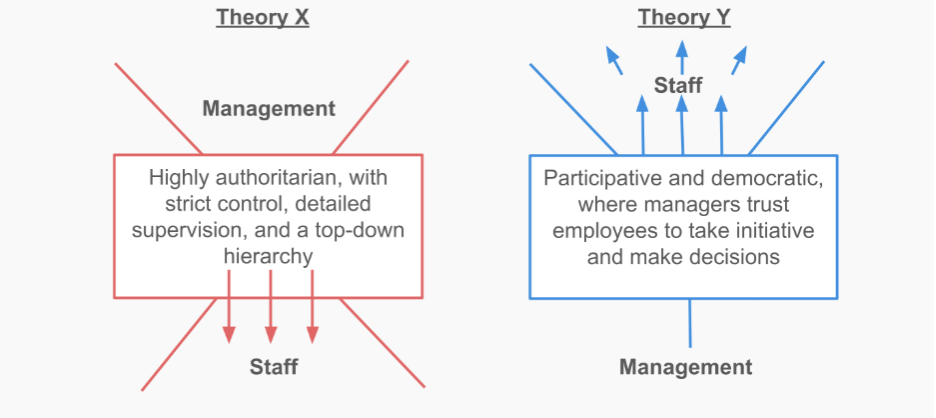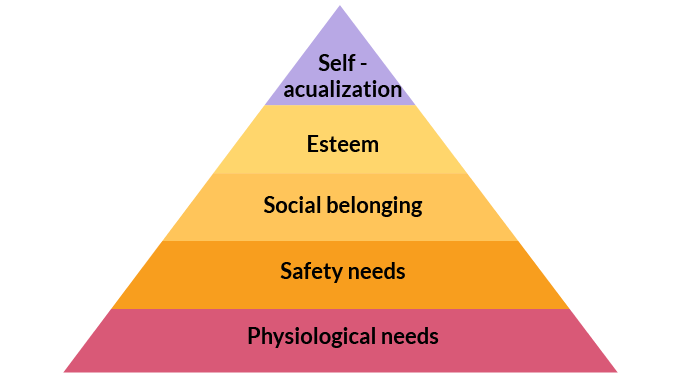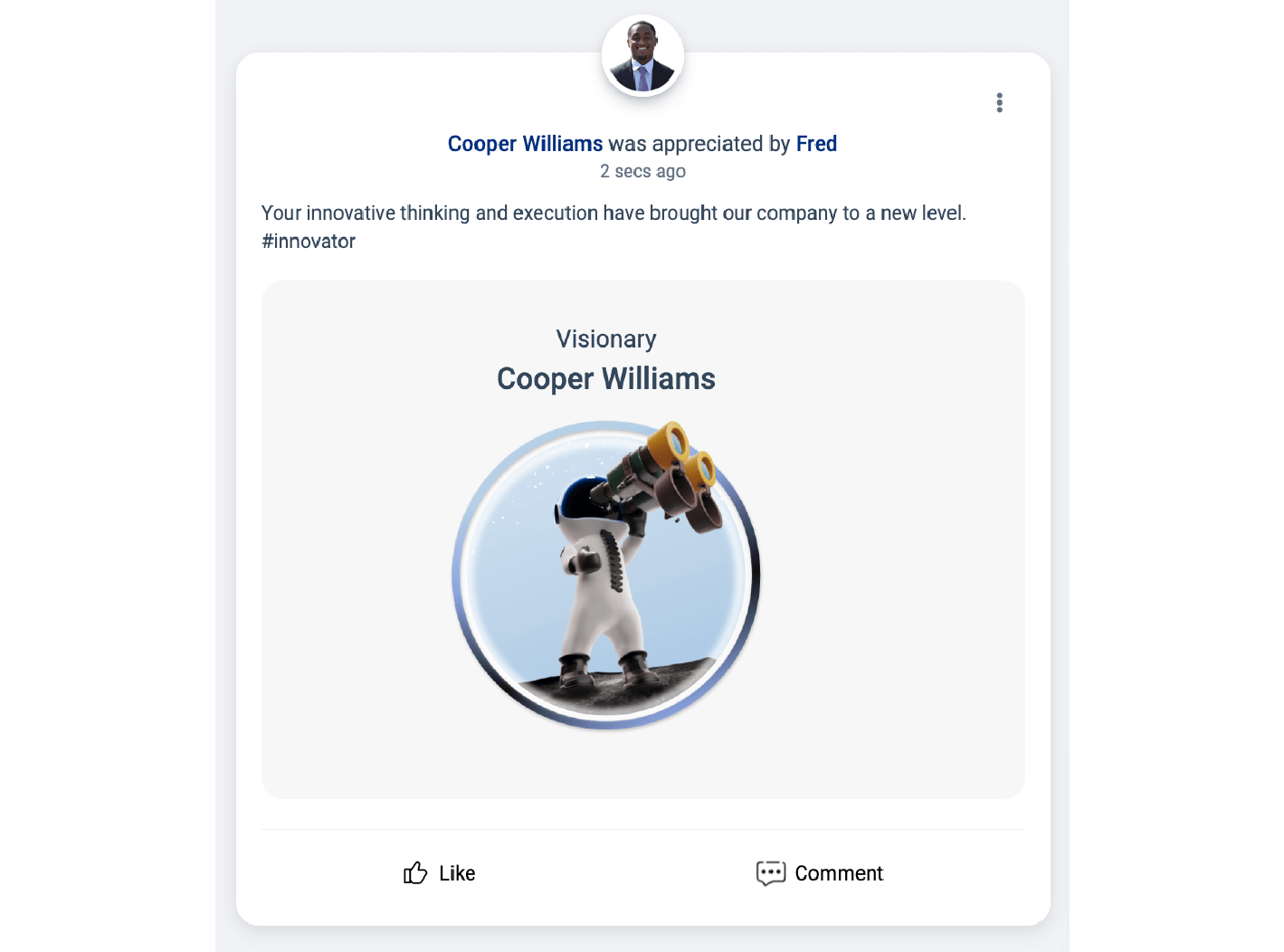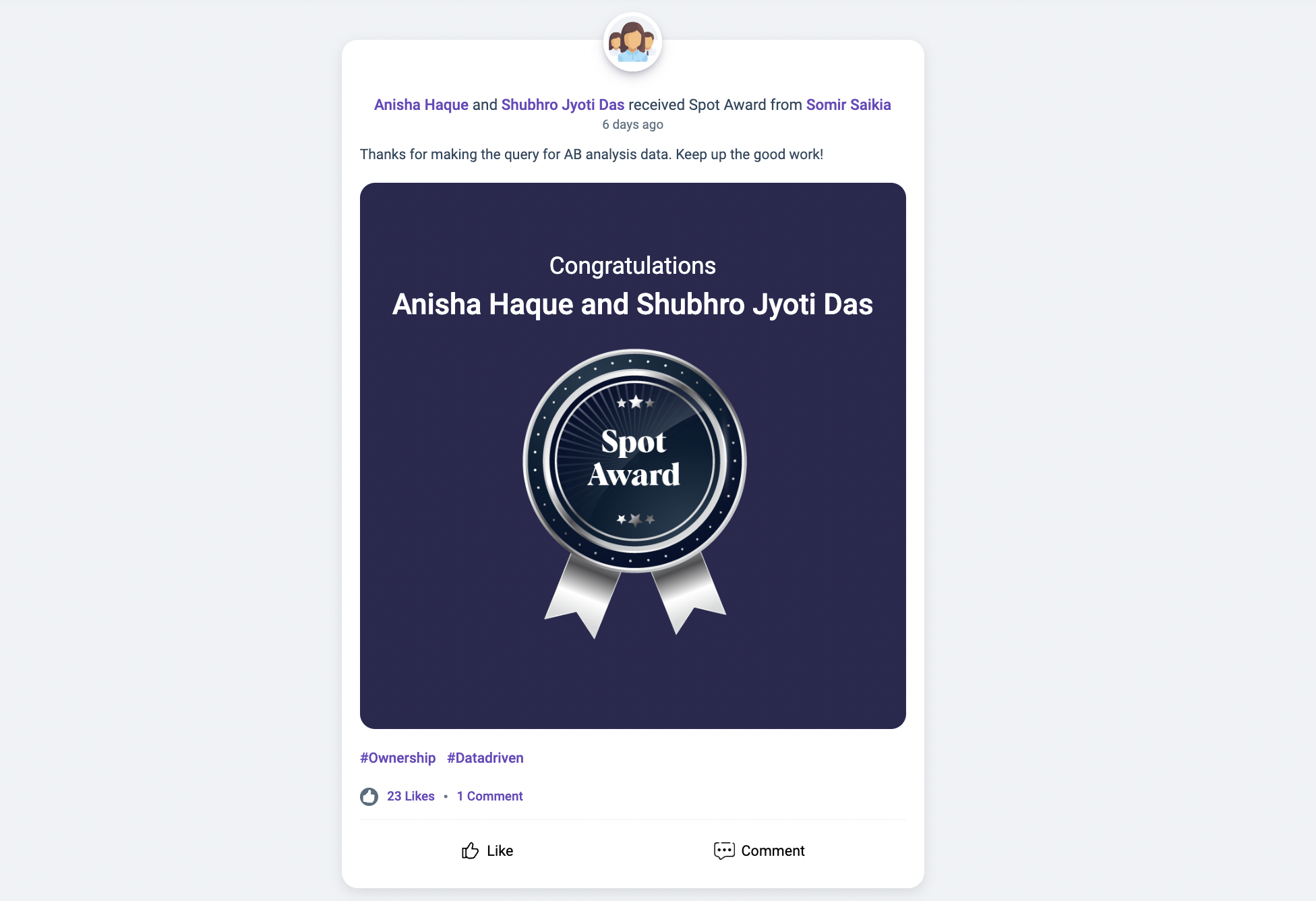Becoming an Employer of Choice By Harnessing the Science of Recognition

A Global Employee Recognition and Wellness Platform
Becoming an Employer of Choice - is it a goal worth pursuing?
Without a doubt.
But how do you actually get there? You might think the answer lies in offering more perks or paying higher salaries. But what if we told you that’s just scratching the surface? What if the real game-changer in becoming an Employer of Choice is something far simpler, i.e., getting recognition right?
In a recent episode of the Vantage Influencers Podcast, industrial-organizational psychologist David Prieto shared insights from over 15 years of research into the science behind employee recognition. The podcast discussion forms the foundation of this blog. Their conversation uncovers the psychological principles that separate effective recognition from feel-good gestures that waste resources.
The difference comes down to understanding employee recognition as a feedback system. So, let's examine what science tells us about building recognition programs that work.
The Psychology of Recognition
Recognition as a Feedback Mechanism
Recognition functions as a feedback mechanism at the most basic psychological level. From an evolutionary perspective, feedback helps humans determine if they're progressing toward goals. When you're hungry, your gut sends feedback signals telling you to find food.
The workplace operates on the same principle. Employees need feedback to know two things: Are they doing a good job? Are they on the right path? Recognition answers these fundamental questions.
Today, recognition serves as a variation of this essential feedback system. The human brain craves certainty about progress. Recognition provides that certainty by confirming that efforts are worthwhile and behaviors are appropriate.
Consequences of Lack of Recognition
Without feedback, people don't know if they're getting closer to their goals or moving further away. This leads to frustration, confusion, and anxiety. In severe cases, employees may experience depression and complete disengagement. Deloitte’s research shows that companies with robust recognition programs experience a 31% lower voluntary turnover rate.
The workplace consequences are measurable and costly. Employees may engage in counterproductive work behaviors like calling in sick more frequently or becoming aggressive. These aren't character flaws but predictable responses to feedback deprivation.
Real-World Impact
People today receive so little recognition that minimal acknowledgment can be overwhelming. According to Gallup, only about one in three U.S. workers strongly agree they have received praise or recognition for doing good work in the past week. Even a simple and small acknowledgment may overwhelm a worker because recognition has become so rare.
Organizations have an opportunity to be more deliberate in how they provide recognition and feedback.
Recommended Read: Psychology of Employee Recognition: Understanding The Fundamentals in 2025
The Science of Employee Motivation and How to leverage it
Understanding employee motivation requires examining established psychological theories. These frameworks help leaders design recognition programs that align with human nature rather than work against it.
Theory X vs Theory Y

Developed by Douglas McGregor in the 1960s, these theories outline opposing management approaches. Theory X assumes people are inherently lazy and need external pressure to perform. Leaders following this approach rely on punishments and rigid processes to motivate teams. It's the "stick" version of motivation.
Theory Y takes the opposite view. It assumes people are naturally motivated to engage in meaningful work.
Research shows most employees fall into the Theory Y category when external obstacles are removed. They naturally want to excel and feel proud of their contributions.
The implications for recognition are significant. Theory X leaders focus on correcting problems. Theory Y leaders focus on reinforcing positive behaviors and removing roadblocks.
What you should do: Adopt a Theory Y mindset. Focus on removing barriers that prevent intrinsic motivation from flourishing. Provide support, connect work to clear goals, and treat people with respect. Design your recognition programs to motivate employees intrinsically, rather than using rewards as a way to control behavior.
Maslow's Hierarchy of Needs

Maslow's hierarchy shows that people have layered needs. You must satisfy basic requirements before higher-level motivations become relevant.
Physical needs come first. Are employees earning enough to cover housing, food, and healthcare? Next comes psychological safety and feeling comfortable in the work environment. Then belonging and the opportunity to be authentic at work.
Esteem and self-actualization represent the highest levels. Recognition programs often target these areas. But they only work when the foundation layers are solid.
What you should do: Align your recognition programs with Maslow’s hierarchy by ensuring that employees’ basic needs are met first. Once this foundation is solid, use recognition to help employees reach their highest potential by reinforcing their sense of worth and contribution.
VIE Model: Valence, Instrumentality, Expectancy
The VIE model breaks motivation into three essential components. Each must be present for recognition to drive behavior change.
Valence asks: Do employees value the recognition you're offering? A public celebration means nothing to someone who prefers private acknowledgment.
Instrumentality asks: Will good performance actually lead to recognition? Employees need to believe the connection is real and consistent.
Expectancy asks: Can employees realistically achieve the goals that earn recognition? Impossible standards kill motivation faster than no recognition at all.
What you should do: Gather feedback from employees about the type of recognition they appreciate most. Communicate clearly to employees how their performance will be recognized. Create a system where employees can see a direct link between their efforts and the recognition they’ll receive. Regularly check in with employees to ensure they have the tools and resources needed to meet these goals.
Organizational Citizenship Behaviors
When these motivational theories align properly, employees engage in organizational citizenship behaviors. These are discretionary efforts beyond job requirements. People stay late, bring coffee to the office, and go above and beyond their typical responsibilities.
This behavior links directly to intrinsic motivation and drives organizational engagement and performance.
Most Effective Types of Recognition
Effective recognition isn't one-size-fits-all. Multiple variables determine what works for each employee. Understanding these layers helps leaders design recognition that actually drives positive behavioral change.
Individual-Level Considerations
Extroverted individuals thrive on public acknowledgment. They want the parade, the party, and the confetti falling from the ceiling. Public celebration energizes them.
Introverted employees prefer the opposite approach. They want to be pulled aside for private, one-on-one conversations. A supervisor saying, "you're doing a great job, keep it up" in a closed setting resonates far more than public fanfare.
Team Environment Factors
Team culture determines appropriate recognition styles. Sales environments typically encourage competition between individuals. More outright recognition such as public leaderboards and celebratory announcements fits this culture.
Accounting teams operate differently. Usually, subtle recognition works better here. Pull people aside privately rather than making public announcements.
Organizational Culture Impact
Company culture creates another layer of consideration. Some organizations embrace big showcases and employee recognition events. Others prefer subtle, reserved approaches like company-wide emails or internal memos. The recognition style must align with the overall organizational personality.
Cultural and Regional Differences
Geographic and cultural backgrounds significantly influence recognition preferences. Individualistic cultures typically prefer big celebrations and public recognition of accomplishments.
Collectivistic cultures often view public celebration as boastful or borderline arrogant. Big recognition events can actually create discomfort and embarrassment rather than motivation.
Ask employees directly: "If I want to recognize you for a job well done, what would resonate most with you to show my appreciation?"
This personalized approach cuts through all the complexity. It ensures recognition matches individual preferences while respecting team, organizational, and cultural contexts.
The Recognition Spectrum: Peer vs. Supervisor vs. Organizational Recognition
Not all recognition carries the same weight. The source of recognition significantly impacts its effectiveness. Understanding these differences helps leaders allocate resources where they'll have the greatest impact.
Peer Recognition: The Most Powerful Form
Peer recognition consistently proves most effective at driving behavior change. These are the people employees work with daily. They're in the trenches together, working through complex problems and building strong bonds through shared experiences. Peer-to-peer recognition is 35.7% more likely to positively impact financial results compared to manager-only recognition.
Recognition from peers carries special weight because these colleagues understand the real challenges of the work. They see the day-to-day struggles and effort required to succeed. When a peer says, "we're doing great work together," it resonates deeply.

Source: Vantage Recognition
Supervisor Recognition: Moderately Effective
Supervisor recognition occupies a middle ground. Employees want and yearn for feedback from their direct managers. This recognition can be powerful when structured properly and delivered consistently.

Source: Vantage Recognition
According to Harvard Business Review, manager recognition boosts employee engagement by 43%, and recognized employees are three times more loyal to organizations that prioritize recognition.
However, supervisor recognition comes with limitations. There's always a "grain of salt" factor. They don't experience the same daily challenges and pressures. This doesn't make supervisor recognition worthless, but it does limit its emotional impact.
Organizational Recognition: Least Personal Impact
Recognition from the broader organization sits furthest from employees’ daily experience. Company-wide awards and organizational announcements may feel good momentarily, but they rarely create lasting behavioral change.
Organizational recognition is valuable for signaling company values and celebrating major achievements. However, it lacks the personal connection that drives sustained performance improvement.
Best Practices for Building Recognition Relationships That Matter
-
The most effective recognition strategies prioritize peer-to-peer acknowledgment while supporting supervisor feedback systems.
-
Focus resources on making peer recognition easy and natural.
-
Support supervisors with training on effective feedback delivery.
-
Use organizational recognition strategically for major milestones rather than routine acknowledgment.
Implementation Challenges & Solutions
Most organizations struggle to translate recognition theory into effective practice. Understanding common implementation challenges helps leaders avoid predictable pitfalls and build programs that actually work.
Current State Problems
-
Informal application of theories - Leaders unknowingly use different motivational approaches, creating misalignment between management levels
-
Non-overlapping strategies - Employees focus on basic needs while supervisors assume people need external pressure to perform
-
Conflict and miscommunication - Parallel approaches that don't align lead to confusion about expectations and reduced motivation
-
Personal bias projection - Leaders assume their own motivational preferences apply to everyone on their team
Solutions for Organizations
-
Intentional alignment on motivational approaches - Clearly outline which theories to embrace and how they show up in daily operations
-
Surface hidden assumptions - Leadership teams must discuss their beliefs about human motivation and how those assumptions shape policy and culture
-
Design consistent experiences - Use technology and frameworks to create equitable recognition across personality types and cultural backgrounds
-
Provide individualization without favoritism - Enable managers to customize recognition while maintaining consistent organizational guidelines
Key Takeaways for Leaders
Understanding the psychology of recognition is just the first step. Leaders must translate this knowledge into practical actions that drive real organizational change.
Recognition is Contagious
-
Build culture from the ground up - Recognition spreads naturally when people experience it personally
-
Create positive feedback loops - When you acknowledge contributions, others become more likely to recognize peers
-
Make employees part of the solution - Everyone can contribute without waiting for executive approval or budget allocation
Practical Applications for Daily Leadership
-
Maintain reasonable spans of control - Build genuine relationships so you can tailor recognition to individual preferences
-
Ask direct questions - "How do you prefer to be acknowledged when you do excellent work?" eliminates most recognition missteps
-
Create simple organizational rituals - Consistent practices that highlight desired behaviors work better than complex systems
-
Provide regular feedback - Small, frequent acknowledgments prevent anxiety and disengagement
The Business Case for Recognition
-
Directly impacts performance - Addresses basic human need for acknowledgment that drives all workplace behaviors
-
Prevents costly problems - Valued employees don't resort to calling in sick, stealing, or becoming aggressive
-
Supports dual outcomes - Improves individual wellbeing while driving organizational success
-
Delivers proven ROI - Psychological principles tested across industries show measurable business results
Summing Up: Building Your Path to Becoming an Employer of Choice
Recognition doesn't require elaborate programs or significant budget allocations. Simple acknowledgment works when it's grounded in psychological principles and delivered consistently.
The science provides clear evidence for the importance of recognition in driving both individual and organizational success. Companies that understand these principles gain a competitive advantage in attracting and retaining talent.
HR professionals and organizational leaders should leverage scientific resources rather than relying on intuition alone. The research exists to guide effective recognition strategies. Using it creates more predictable outcomes than trial-and-error approaches.
Individual action creates organizational change. You don't need an executive mandate to start recognizing good work around you. When leaders model effective recognition, it spreads naturally throughout the culture.
The path forward is clear. Start with understanding the science. Apply it consistently across your organization. Measure the results and refine your approach based on what you learn.



















